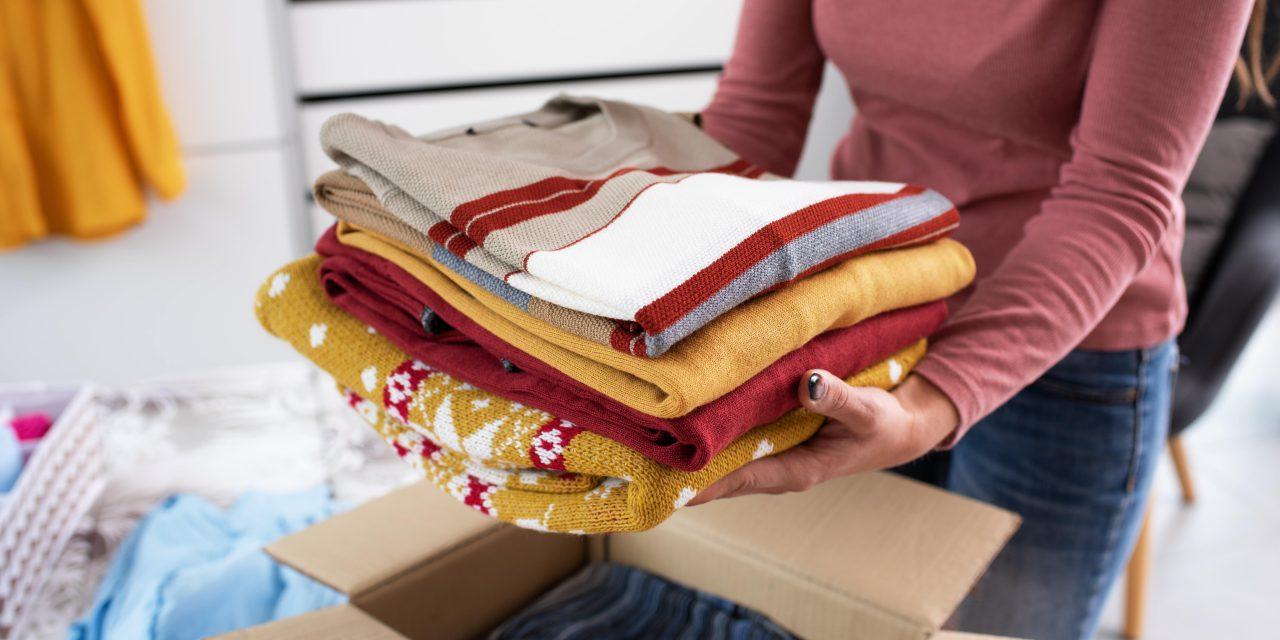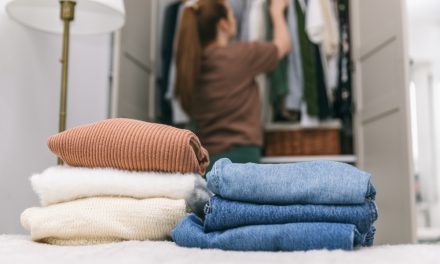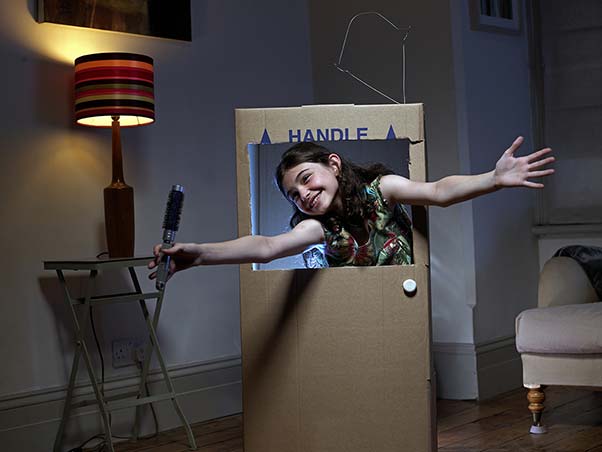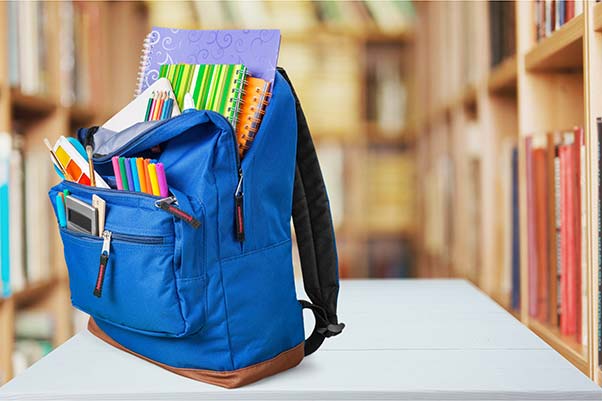Are your closets near full to bursting? It might be time to do some serious spring cleaning. But what if you don’t want to permanently part with your favorite clothes? Self-storage is a great option for all those clothing pieces you don’t need immediately but still want to hang onto.
Things you might want to store include:
- Formal clothing
- Baby clothes and children’s clothes
- Sports clothing
- Seasonal clothing
- Costumes
- Specialty and holiday clothes
- Extra uniforms and work clothes
Packing away your excess garments can free up some serious closet space and make it easier to find the clothes you enjoy wearing regularly. But to keep those packed-away items in good condition, you’ll need to know how to store clothes in a storage unit.
Yes, there are best practices for storing clothes in a storage unit. If you aren’t careful, you may unpack your clothes to find them damaged by mildew, critters, and more. Here’s everything you need to know about how to pack clothes for storage.
Wardrobe Boxes
Clothes can easily wrinkle if you fold and squish them together in a cardboard box. That might be okay for your old jeans and t-shirts, but if you want to keep dresses, suits, and uniforms neat, consider storing your best clothes in a wardrobe box.
Wardrobe boxes are designed specifically for moving and storing clothing. These clothes storage boxes are taller than normal moving boxes and include a handy, built-in bar made of plastic or metal. The bar allows you to hang your clothing inside the box so they don’t get wrinkled or crushed. Many wardrobe boxes have a hinged top that folds down, allowing easy access to your clothing.
Wardrobe boxes are a highly convenient way of storing clothes but have some drawbacks. Most wardrobe boxes are made of cardboard, which may make them vulnerable to moisture or critters. Consider keeping valuable clothing protected in individual garment bags for extra protection.
Climate-Controlled Storage
Certain fabrics, including wool, silk, and cotton, can easily be damaged by humidity and high temperatures. If you plan on packing your clothes in cardboard storage containers, consider paying a little extra for a climate-controlled storage unit.
Climate-controlled units help manage humidity and temperature in the unit, lowering the risk of mildew making its way through cardboard boxes and ruining your favorite wool sweaters or silk dresses. Not every self-storage facility offers climate-controlled options, so do your homework before signing a storage lease.
Vacuum Packing
Vacuum packing can be an effective and space-saving way to store lots of clothes in a smaller storage unit. It uses a vacuum to pull air from a specially designed bag or container. The bag is then sealed to prevent air from coming in. Vacuum sealing can dramatically reduce the footprint of the things you wish to store, especially bulkier clothing items. Vacuum sealing can also help keep out moisture and mold.
However, not every type of clothing does well in vacuum sealing. Sensitive fabrics, like silks, can be damaged in the process, as can structured garments that include pads or boning. The compression of the vacuum process can also imprint deep wrinkles or creases onto clothing. It may be best to use vacuum packing for your more casual clothes and seek other options for your valuable pieces.
Plastic Bins
One of the best ways to store clothes is to use high-quality plastic bins. Though they cost more than cardboard boxes, they can last for years and be used repeatedly. They also stack nicely within a storage unit.
If you are considering using plastic bins for storing clothes, invest in quality containers. Always use boxes with tight-sealing lids to keep out moisture and bugs. To keep wrinkles out of your clothes, consider rolling them carefully before putting them in a plastic bin.
How To Keep Out Bugs and Mildew
The last thing you want is to pay a monthly fee for storing clothes in a storage unit only to discover that your clothes are ruined when you pull them out. The two biggest risks to your clothes are mildew and bugs.
Mildew is a type of fungus that loves humid, warm, dark, and damp environments. Spores can settle and grow on fabric, ruining valuable clothes. Certain bugs also thrive in these environments, including silverfish. Other critters, like carpet beetles and clothes moths, feed on natural fibers, including wool, fur, and silk.
The best way to keep these pests from invading your stored clothes is to follow these simple tips:
- Clean your clothes thoroughly: Any food stains or other substances could attract pests.
- Make sure your clothes are completely dry: Damp clothes are practically begging for mildew. Wash and dry all clothes before storing them.
- Choose your clothing storage containers carefully: Choose well-sealed plastic boxes that won’t let moisture or bugs in.
- Keep your storage area dry: Don’t introduce any moisture into your storage unit.
- Regularly inspect your clothing: Even the best preparations and clothes storage boxes might not be enough to keep pests out indefinitely. Check your clothes every few months to ensure they’re in good shape.
Adding a few dryer sheets or natural products like cedar or lavender to your container can help keep your clothes smelling fresh during storage. Both cedar and lavender also work as natural insect repellents.
How To Create an Organization System for Your Clothing
Take a little extra time to think through your clothing organization system before you put your clothes in storage. There’s nothing so annoying as struggling through unlabeled boxes and bins when you need to find an important dress, suit, costume, or other clothing items in a pinch.
After identifying all the clothes you want to put into storage, purchase all the clothing storage containers you need. Since you’ll be storing multiple pieces of clothing together, decide how you want to group them.
Common grouping methods are:
- By household member
- By season
- By type of clothing (i.e., tops, bottoms, shoes, etc.)
- By occasion (i.e., formal clothing, athletic wear, office wear, etc.)
Label your containers clearly and put labels on multiple sides so you can read them no matter how the container is stacked.
Finally, consider where you want to place containers in your unit. Placing them correctly is especially important if you’ll be storing a lot of other items in your unit that may be difficult to move. If you plan to wear certain items regularly, such as seasonal clothing, keep the container close to the front of your unit so it’s easily accessible. Make sure you can clearly read the label.
Choose the Right Storage Unit to Store Your Clothes
Storing clothes in a storage unit doesn’t have to be expensive or inconvenient. At Price Self Storage, we offer a wide range of different storage options, from small 5×5 units to large 10×30 units. Even our smallest units offer 25 square feet of space, enough for several boxes of clothing.
Our storage facilities are located throughout California, many near major highways for easy access. We offer month-to-month leases and competitive pricing. Now that you know how to store clothes in a storage unit, it’s time to clear out your closets and make your home a cleaner, more organized place.
Whether you need help storing your clothes or moving to a new place, we have a solution for you. Find your nearest Price Self Storage location today and give us a call!










